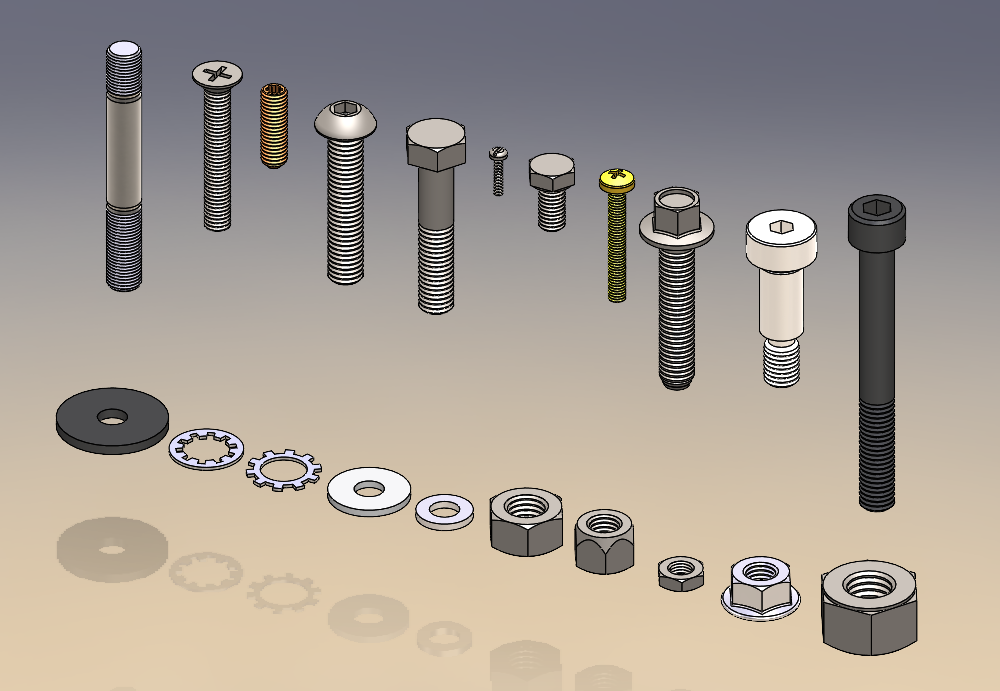Once you’ve decided on an investment in technology like SOLIDWORKS PDM or PLM, you’ll want to start using the software and tools properly for the best results.
Otherwise, your return on investment (ROI) will fall flat even with state-of-the-art tools, and you may experience productivity losses.
So, how do you mitigate this risk?
Adoption – you have to understand the importance of technology adoption.
We’d share common pitfalls that companies encounter, as well as actionable steps to mitigate risks and achieve better results.
What Are the Top 3 Common Pitfalls?
We recognize that most companies don’t fail to plan; they fail to execute fully. Typically, the challenges happen in the plan’s execution and the validation that the adoption is working.
These three common pitfalls lead to subpar technology adoption and hinder companies’ ROI.
1. Underestimating the Difficulty of Change
People often underestimate how challenging it can be for individuals in an organization to adapt to new technologies and processes. Some people adapt quicker to change, while others need extra time, support and validation steps of the adoption.
A smooth transition consists of sufficient time and support to facilitate adoption.
2. Failure to Meet Early Milestones
Companies sometimes fail to meet crucial milestones. They recognize they don’t have enough time to implement or adopt the tools over meeting their goals or time-to-market dates, leading to rushed implementations and compromised results. Choosing compromised results will hinder the ROI because companies aren’t using the tools to their full extent.
To be successful, companies need time to adopt and implement their tools and plans before their milestone dates approach.
3. Insufficient Planning for Adoption
While most companies do well with planning, others need to dedicate more time. Companies often overlook the importance of adoption planning when implementing new technologies. Lack of appropriate planning can hinder their ROI and result in buyer’s remorse because the solutions didn’t provide the results the companies expected.
Develop a thorough plan and provide enough time to roll it out.
How to Minimize Risks and Adopt with Success
According to Capterra, 74% of those surveyed say “technology is very to extremely important,” but they want to know more about the software’s adoption plans. A slow and low adoption plan is often the number one cause of poor ROI and higher costs when it comes to software purchases.
A successful adoption plan includes internal milestones around the tech adoption process, not just installation or configuration steps. For example, “The team has successfully processed (number) of BOMs in the new system by (date).
The key is to ensure you are validating the adoption, not the system is functioning correctly, which is often done by most companies.
You want to put equal effort into the adoption and validation parts of the process as you do in your selection, configuration and testing parts.
To enhance technology adoption and minimize risks, we suggest the following actionable steps to build a safety net:
- Plan for testing adoption: Inspect what you expect from the product and the team.
- Test or inspect all critical processes for adoption: Test whether your team knows how to carry out the necessary steps to adopt the new technology rather than testing whether it functions correctly.
- Complete multiple testing phases: Have multiple testing phases to make sure your team knows how to use the technology long-term.
Hawk Ridge Systems Offers Adoption Support
Hawk Ridge Systems provides expertise and capacity (E&C) services for customers unfamiliar with their new software, like SOLIDWORKS PDM or PLM, and cannot implement or create a successful adoption plan.
Our E&C services are ongoing adoption and optimization support that goes beyond the initial implementation. It starts at the end of the go-live stage and extends from three months to permanent.
We focus on:
- Adoption of new systems
- Optimization, integration and continuous improvement of your systems and processes
These services are available for:
Below is how Hawk Ridge Systems’ E&C services compare to a typical PDM implementation example.

Typical implementation processes have a long adoption period, while our adoption period is shortened to allow for optimization and continuous improvement of your processes. You’ll start to see your ROI come quicker than the typical implementation process.
The Final Note
Getting your new systems configured and tested is just the start. Implementations aren’t complete until your adoption process is validated.
Remember that some people may adapt the technology faster than others, so find ways to celebrate internal milestones and help your team feel confident.
And most importantly, lean on trusted partners with subject matter expertise to help you with a thriving tech adoption plan.
Watch the Webinar
If you want to learn more about adoption processes, the full webinar video is below.
Sources
2023 State of Manufacturing Software Adoption Report: Manufacturers Are Increasing Tech Spend, But Buyer’s Remorse Is Rampant. Accessed September 2023.



